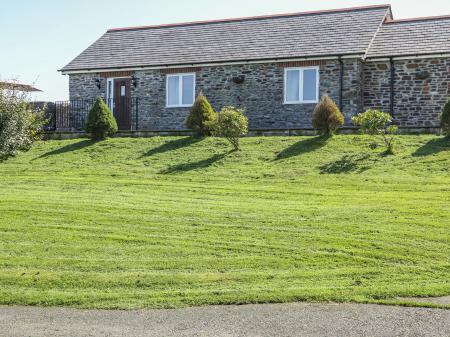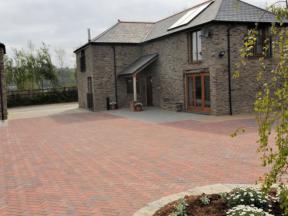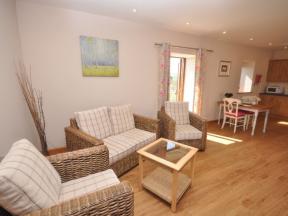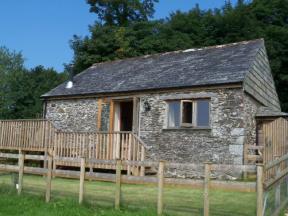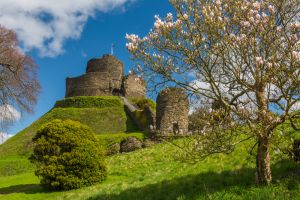
History
One of the earliest written records of Launceston comes from the reign of Ethelred the Unready when a mint was established here. Launceston was the administrative centre for Cornwall from the 13th century, but it was never actually designated the county town.
Tradition suggests that Launceston gained importance because JPs and other government officials did not feel safe travelling any deeper into Cornwall. This seems unlikely, and it is much more probable that poor transportation made Launceston a more viable centre for administration. when roads improved in the 18th-century government officials moved to Bodmin, which became the county town.
Launceston Castle
Sometime around 1070 Robert of Mortain, half-brother of William the Conqueror, built a motte and bailey fortress at Launceston. The castle was used as the administrative centre for the vast holdings of the Earls of Cornwall. In the 13th century Richard of Cornwall, brother of Henry III, rebuilt the castle in stone and added a great hall inside the earlier bailey enclosure.
The great hall was used for centuries as an Assize Hall, and the castle was used to hold important prisoners. Perhaps the most famous prisoner to be held at Launceston was George Fox, founder of Quakerism, who was kept prisoner here for 8 months in 1656.
During the Civil War, the castle was occupied by Royalist troops, but the defences were in such a poor state that Parliament did not think it necessary to slight the castle after the war. It is now in the care of English Heritage.
Lawrence House Museum
Architectural historian Sir John Betjeman described Castle Street in Launceston as having the most perfect collection of Georgian houses in Cornwall. One of those Georgian houses was built by a former mayor, Major Humphrey Lawrence, in 1753.
This elegant red-brick house is now home to an excellent museum of local heritage, including a historical costume collection, recreations of a Victorian kitchen, and an exhibition on the life of John Couch Adams, astronomer and discoverer of the planet Neptune. Another highlight is a herbarium published by plant collector William Wise, containing over 1000 plants found locally between 1880 and 1920.
Southgate Arch
Launceston was surrounded by a town wall in the medieval period. Three gates allowed entry to the town. Of these only one remains; Southgate Arch. In the 16th century a pair of rooms were added over the arch, and in the 19th-century crenellations were added to the parapet to give it a more martial appearance.
St Mary Magdalene Church
The parish church for Launceston was built from 1511 under the patronage of Sir Henry Trecarrel of Trecarrel to replace an earlier 14th-century building. Sir Henry was moved to pay for a new church when his young son died whilst in the bath.
The church is decorated with ornate granite carvings originally intended for Trecarrel's new house. Just as elaborate is the 18th-century organ, encased in a superbly carved wooden case. The oldest part of the church is the 14th-century tower.






 We've 'tagged' this attraction information to help you find related historic attractions and learn more about major time periods mentioned.
We've 'tagged' this attraction information to help you find related historic attractions and learn more about major time periods mentioned.